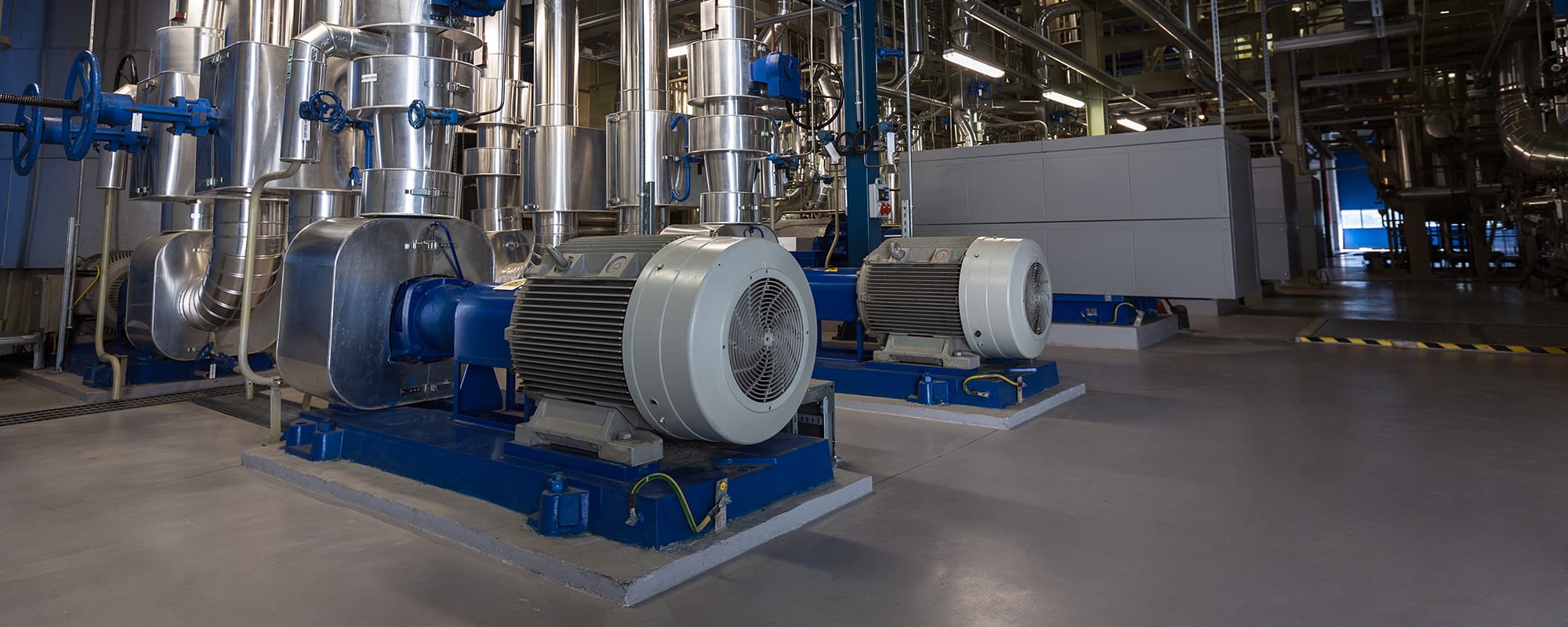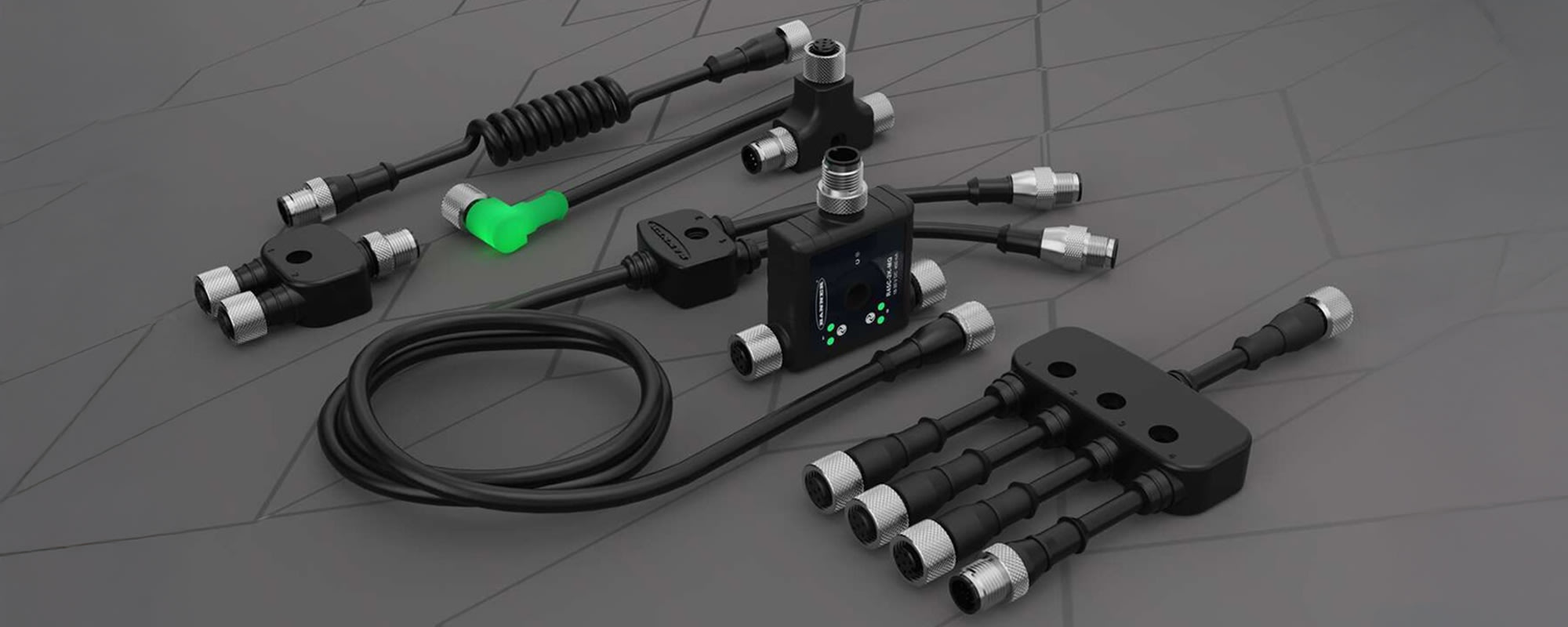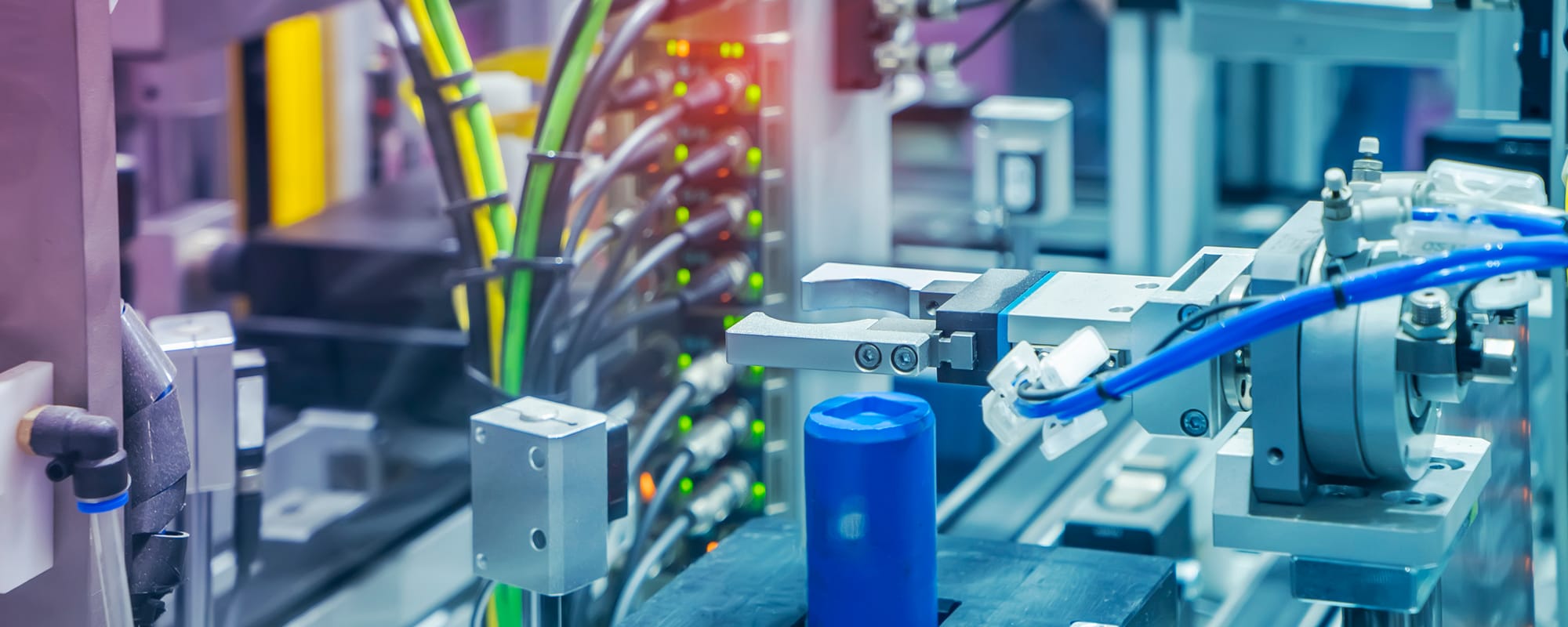We spoke with Jackie Stokes, the Motion Control Marketing Program Manager at Siemens, to learn more about modern industrial motor drives and the numerous advantages they can offer over legacy drives.
Jackie Stokes, Motion Control Program Manager at Siemens

Motor drives are a vital element of industrial manufacturing processes. These devices convert the energy generated by electric motors into mechanical energy, or motion, and control the converted energy. Motors connected directly to an electrical supply have a constant voltage supply, a constant frequency, and a fixed speed, but many applications don’t require a constant power supply. When a drive is placed between a motor and an electrical supply, it regulates the amount of power provided to the motor, delivering variable frequencies and voltages aligned with the application demands on the motor and, in turn, extending the motor’s lifetime and reducing its need for maintenance. Motor drives also allow users to control performance variables including speed, direction, acceleration, deceleration, and torque and enable higher efficiency performance, which translates into lower energy costs and a smaller carbon footprint.
To learn more about industrial motor drives, we chatted with Jackie Stokes, the Motion Control Marketing Program Manager at Siemens and a member of Women in Manufacturing Association, a nonprofit that works to empower women workers and strengthen the manufacturing sector.
Hi Jackie. Please tell us a little bit about yourself. How did you come to work at Siemens, how long have you been there, and what do you do in your current role?
I’ve worked in the industrial automation Industry for 15 years, and I’ve been with Siemens for a little over a year. In my current role, I’m responsible for developing marketing programs for the motion control group, which includes low voltage VFDs and motion drives. I started my career at Rockwell Automation and held roles in manufacturing, engineering, sales, and marketing.
Can you provide us with a brief introduction to industrial motor drives?
Motor drives convert energy generated by electric motors into motion and control that converted energy. Drives offer many benefits, which is why they’re ubiquitous in industrial manufacturing. Using a drive saves energy, which translates to saving money. Drives provide the exact power needed to run a motor for a given process, and no more. In applications where braking is required, excess energy can be fed back into the line supply using a drive.
Another benefit is process optimization. For some applications, where precise motor control is needed, a drive is absolutely necessary, using torque control and closed-loop positioning. Drives also provide flexibility should you need to change settings, such as speed setpoints, ramp up times, and more.
Siemens has a comprehensive product line with the right drive for every application. We have general purpose, high-performance, servo, enclosed, and DC drives; industry-specific drives like the G120X for HVAC and fan, pump, and compressor applications; and distributed drives that go directly on a machine for conveying applications.
The rapid evolution of technologies, industries, societal patterns, and processes elicited by increased interconnectivity and automation and characterized as Industry 4.0 has had an enormous impact on the industrial manufacturing industry in recent years. How have these recent trends and developments affected motor drive designs and applications?
Modern drives have more functionality and are smaller and easier to use. They also have more safety features and meet the latest standards. The latest drives are ready for digitalization — manufacturers and machine builders can analyze operating data and monitor the condition of the drive system, which can give them valuable insights for optimizing their production.
Today you wanted to talk about upgrading legacy drives. Why should someone with working legacy drives consider updating their equipment?
There are a few reasons manufacturers should consider updating their drives. The first reason you should replace your legacy drive with a new drive is to reduce risk. Old drives can last a long time, but they don’t last forever. Drives are susceptible to environmental conditions like high temperatures, dust, moisture, and corrosive environments, and the electrolytic capacitors within drives have a finite lifetime and often fail before other components due to electromechanical wear and tear.
Cost is another reason to consider updating. It can be costly if you have a critical system running with an older drive and that drive fails and needs to be replaced. First, there might not be availability to replace like for like. Second, even if you can find like for like, you may have a hard time finding it, and it could be very expensive. You also need time to make the replacement, and downtime is also costly.
The benefits mentioned earlier are yet another reason to update your legacy drive. The benefits of using new drive technology can only be realized after making an upgrade.
What are some of the perceived but unfounded and real but surmountable challenges of upgrading legacy industrial drives?
The first challenge is cost. Yes, you’ll have to buy a new drive, but it’s an opportunity to have another look at your process and equipment and select the best drive for your application. You’ll be able to have spare parts available, and if you plan to make an upgrade, you can proactively schedule it so there is minimal impact on downtime.
The second challenge is risk to the automation system. There’s a perception that you must upgrade everything or nothing. However, you can upgrade your drive and keep your existing PLC and network. It probably makes sense to put a plan in place to migrate an obsolete PLC and upgrade to a modern network at some point, but you don’t have to do it all at once. You can start with the most critical asset: the drive.
Finally, the challenges with upgrading are overestimated. Working with a partner like Siemens can help you select the right drive for your application and develop a migration strategy.
What types of industrial applications stand to benefit most from being upgraded with modern motor drives?
Critical applications should be prioritized. These are applications where the cost of downtime is high — process that can’t be down or that are very expensive to have down. You should also take a look at your installed base. If you have older drives that no longer have available replacements, the upgrade may not be straightforward — even if you stay with the same manufacturer — because the technology has changed so much. In applications where drives are exposed to challenging environmental hazards, such as corrosive liquids, humidity, and dust, they will likely have a shorter lifespan and should be upgraded sooner.
Say that a business decides to upgrade its legacy industrial drives. What are some of the physical and electrical characteristics that customers should ensure are present in the devices they’re considering?
When considering a new drive, it’s important to think carefully about your application, environment, and safety requirements. It is important that the drive fits the application, has rugged environmental resistance, and meets the latest safety requirements. You should also consider how the drive will fit into your existing automation system. For example, consider communication capabilities, like EtherNet/IP, PROFINET, or another network, and how the drive will work with your PLC and other devices in your facility.
Does Siemens offer any particularly effective and efficient modern drive solutions that potential customers should consider? If so, how do these solutions compare to modern industrial drives from other leading suppliers?
Yes! Siemens has developed two solutions for migrating legacy Allen-Bradley drives to new SINAMICS drives without changing anything in the PLC. First, we have a solution for migrating drives on A-B Remote I/O (also known as “blue hose” or “RIO”). Using a custom gateway device, the SINAMICS drive is a drop-in replacement for obsolete A-B drives communicating with a PLC-5. We also have a solution for migrating drives on DeviceNet. We developed configuration files for our SINAMICS drives that mimic the obsolete A-B drives communicating with a PLC-5 or SLC 500 PLC. For modern networks, we have made it very easy to use a SINAMICS drive on EtherNet/IP with a ControlLogix or CompactLogix controller with EDS files and add-on instructions. You can also control, monitor, and acknowledge alarms with our Faceplates for PanelView HMIs. SINAMICS drives can communicate on EtherNet/IP or PROFINET with a simple parameter change.
Other manufacturers provide migration solutions, but they don’t offer elegant drop-in replacements to replace obsolete drives with modern drives. For example, ProSoft, a Rockwell Automation Encompass Partner, recently discontinued its EtherNet/IP to A-B Remote I/O Adapter, which was a gateway device for upgrading a legacy Rockwell drive. So, it’s no longer available.

What do you think is next in terms of drive design and performance trends?

The latest buzz is around digitalization, and I think we’ll see a wider adoption of the technologies we have and are improving upon in this space. For example, you can create digital twins with SINAMICS DriveSim Basic to simulate, adapt, and optimize specific drive combinations and their behavior in machines and systems. We have this technology available, and I think it’s going to get better.
The next big thing involves data — collecting data from all the devices on a machine or throughout the plant floor and then making sense of it to make your plant or machine more efficient and productive. Right now, you can transfer SINAMICS drive operating data directly to cloud platforms via MindConnect, where you can analyze the data. Analyze MyDrives, an application from Siemen’s MindSphere, monitors your drive train and visualizes all relevant information from a single point. The future may involve using artificial intelligence to predict equipment failures and machine downtime. These tools are currently available, and they are going to improve, but I also think we’ll see more adoption of these tools.
Siemens and RS: Products and Expertise for Upgrading Your Legacy Industrial Drives
Siemens prides itself on developing technologies that allow customers to combine the real and digital worlds, empower them to have a positive, transformative impact on the industries that form the backbone of the global economy, including manufacturing, infrastructure, transportation, and health care, and change billions of people’s lives for the better.
RS offers an extensive range of Siemens solutions for industrial applications, including SINAMICS drive solutions, other motor and motor control products, industrial controls, PLCs and HMIs, circuit protection, switches, relays, connectors, and industrial data communications and power products.
RS’s highly trained sales representatives, dedicated key account managers, and technical support team can help you select the best industrial solutions for your manufacturing applications. They can also walk you through the implementation process and support you throughout the maintenance phase to help ensure that your motor drives continue to work when you need them most.
For more information about Siemens, please visit the Siemens storefront at RSElec.com. For assistance identifying and deploying Siemens industrial motor drives sure to improve efficiencies, deliver robust, reliable performance, and reduce costly downtimes and repairs, please contact your local RS representative at 1.866.433.5722 or reach out to RS’s technical support team.







